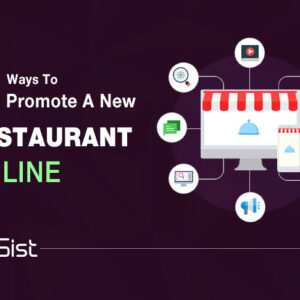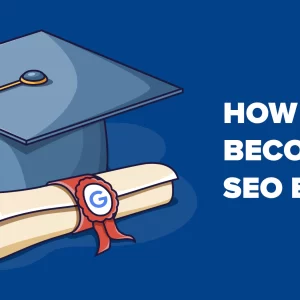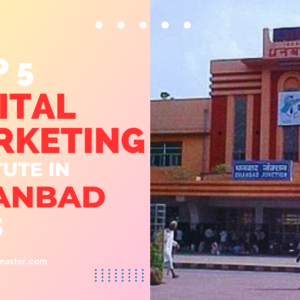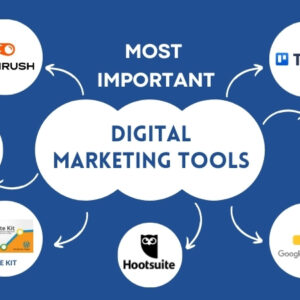Effective And User-Friendly Web Content
Well-written content that is optimized for the web. When you’re writing web content, keep these below mentioned 12 most important web content writing tips in your mind that rises to the top of search results and ranks well in search engine and at the same time is useful for your readers.

#1. Make Your Content Valuable and Relevant
When web readers type a topic in various search engines like Google, Bing, Yahoo or any other search engine, they expect the search engine results to provide information relevant to their search. If they visit your site and find irrelevant or obsolete information, they will move on your site to the next result to find what they need. So try to make your content valuable and relevant.
#2. Innovative and Unique Content
Unique and innovative content does not necessarily mean that you have to propose something new or say something that no one said before; it means that your text should not be an exact copy from some other website or online source.
#3. Use Plain English
Even if your target audience is a technical one, using layman’s language in web copy is necessary so pages will appear in searches and can be easily understood by everyday users.
#4. Keep Your Content short
There is no compelling reason to harp on your point. Website visitors are skimmers and prefer to quickly review information. Most web pages are not read in their entirety. To express what is on your mind you have to make it rapidly and in as few words as could be allowed.
#5. Always start with keyword research
Many professional content writers or bloggers start with keyword research. Generally, most of the writers don’t write keyword-based posts, but when we do they tend to rank well in search engines.
#6. Stay On Topic
Generally, Visitors search very purposely and become frustrated if forced to go through a lot of information to find what they are searching for. If you have a large topic, consider breaking your content down and introducing one topic per paragraph so your web readers can get detailed information easily. You can add links to your text to related topics on other pages of your website rather than trying to include all of your information on one page. This will make your website more user-friendly.
#7. Use the “Inverted Pyramid” Method
Many professional web content creators and bloggers trust this method for web content writing. What does it mean? Create your web content like an Inverted Pyramid (upside-down) method or Cone. The most important messages go at the top of the page. Then, Step by step drills down to the more specific, supporting information. End with distracting points of interest.
#8. Write for Your Audience
You have most likely known about the importance of influencing your website to content search engine friendly by using keywords, links, and other SEO techniques. This is essential, but so is making your content understandable and engaging for the users visiting your website. After all, your goal is to convert visitors into customers. Use a conversational tone to connect with your audience and avoid fluff and marketing jargon.
#9. Use Appropriate Images
Web content works best in conjunction with the visual elements on the page. Use appropriate images to complement your text and improve your site’s visual appeal.
#10. Well-Formatted text that is scannable
Most web readers skim through the content on a web page instead of reading each and every word from top to down. They just scan the page to find the specific piece of information they’re looking for—if they don’t find it easily, they move quickly.
It is important to format your content that is easy to scan.
- Correct use of headings, sub-headings, paragraphs, bullets or numerical lists helps to break up text, making it easy for readers to scan.
- Always add “white space.”This is the blank space that surrounds paragraphs, images, and other elements on your web page. This will make it more understandable, and more enjoyable to read.
- It’s also important to divide content into sections with descriptive sub-headers. By using sub-headers, these will not only help readers to explore the page but also they help search engines to find your content. To try this on your own site, Use the Heading elements:
- Use H1 (Large) Heading at the top of each page
- Use H2 (Medium) Headings to separate your main content
- Use H3 (smaller) Headings for any minor points underneath your H2s.
#11. Grammar and Spelling errors
Web copy must be available to a wide variety of users, but it must remain professional. Analysis the copy content for grammar checking and spelling errors ensures you prevent an awkward mistake from distracting readers from otherwise strong content.
#12. Read it again before publishing
Before hitting the publish button make sure that you checked and read well without errors or omissions.
Conclusion
When we discuss SEO friendly web content tips that can be easily understood by search engines. The more they can understand about your page, the greater are your chances of achieving a better ranking in their search results. To create content for your business website can be challenging, but by following these simple tips you can make sure that your content is valuable and relevant and connecting with to your readers.









